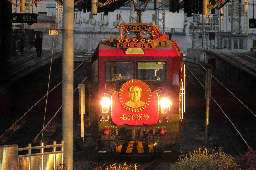

The BC Rich warlock
Everyone’s always ragging on those as being particularly ugly guitars, but I think at worst they just look a little silly. All the really pointy guitars are just sort of a “yeah, I get you’re going for one particular aesthetic and it’s kind of corny, but as long as you get the balance of the shape right and keep some clean lines to it it’s fine,” to me.










Older democrats wouldn’t have respected German laws because they only acknowledged American laws and the American civic cult as legitimate. They were true, militant believers in America’s brand of liberal proto-fascism and didn’t tolerate foreign brands of fascism. Until those brands had been safely acquired as subsidiaries of the American empire, that is. Then the foreign fascists became special good boys who deserved lots of money and guns to do violence for American hegemony.